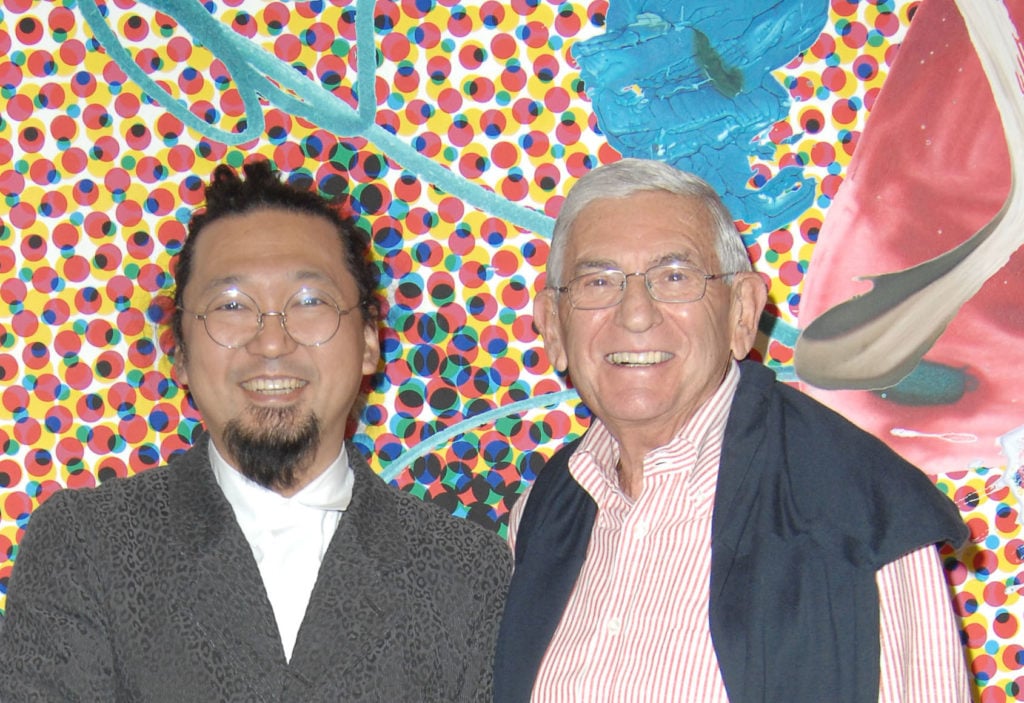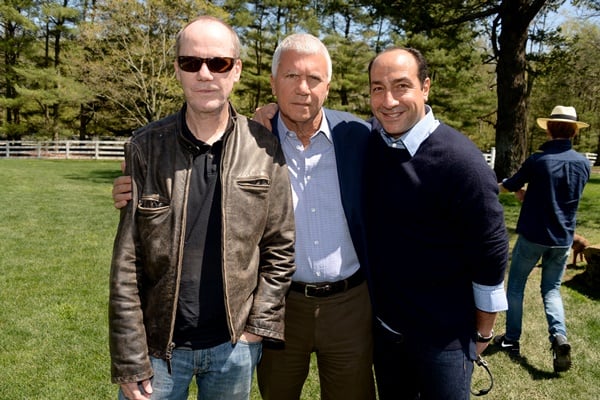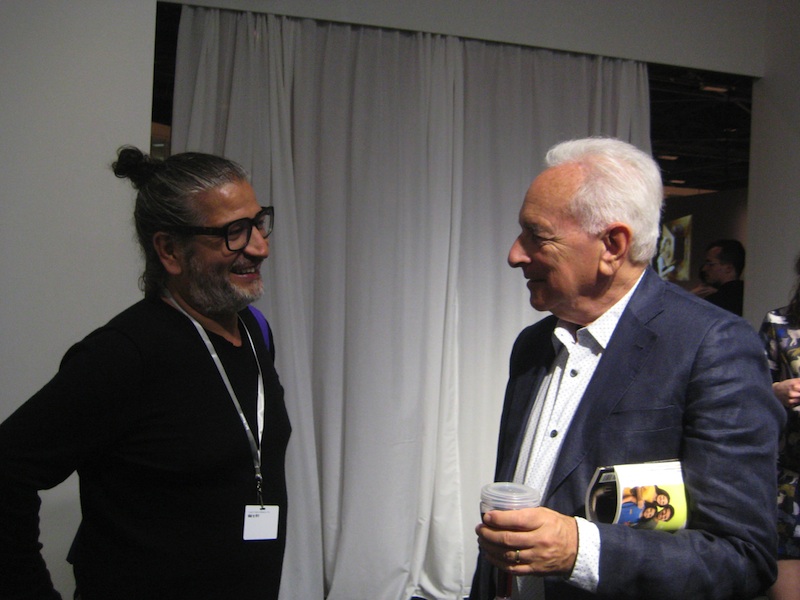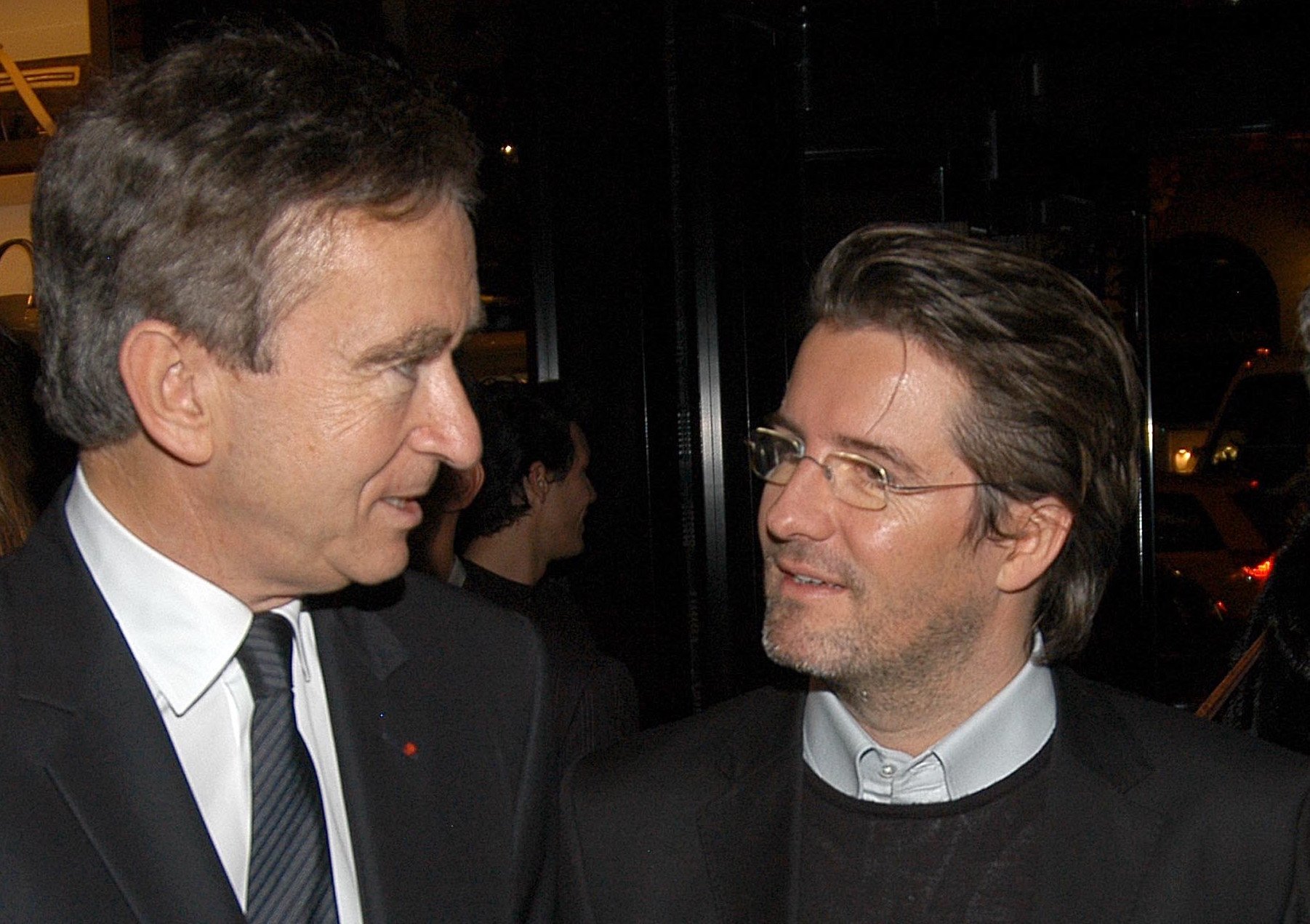Art World
5 Things Artists Should Never Do When Trying to Win Over Collectors
Follow these golden rules.

Follow these golden rules.

Henri Neuendorf

In the art world, as in life, relationships are everything. For artists personal connections with collectors can open doors to new opportunities and chances, such as introductions to dealers, curators, or other collectors. With that in mind its important to remember to conduct yourself in a courteous and professional manner in order to leave a positive impression. To help guide you we quizzed some collectors on some of the things that really put them off supporting an artist. Here’s your guide on what not to do when trying to build relations with collectors.

Artist Jeff Koons and collector Steve Cohen speak to kids at the Whitney Museum. Photo: courtesy Whitney Museum, New York.
1. Don’t draw attention to yourself in a negative way.
German bad boy artist Albert Oehlen was part of the infamous Hetzler boys, an all-male group of artists that showed with the Cologne dealer Max Hetzler. The group engaged in what the painter called “Extreme artist behavior.” He told Art In America, “We made asses of ourselves and made everyone hate use. We climbed on tables and pulled down our pants.” Whilst it hasn’t hurt Oehlen’s career, you should probably try to emulate his art not his antics.

Artist Richard Prince with dealer Larry Gagosian and collector Alberto Mugrabi. ©Patrick McMullan. Photo: Clint Spaulding/PatrickMcMullan.com
2. Don’t price your work too high.
Collector Howard Farber told artnet News “What really turns me off is when an emerging artist with no prior auction sales prices his or her work in the world of make believe.” So remember to keep your prices reasonable and to grow your career in a sustainable way, because nobody wants to feel like they’re being ripped off. Keep in mind that most wealthy collectors make their money by routinely making astute business decisions, and they know value when they see it.

Collector Dakis Joannou and photographer Juergen Teller. Photo: JIMI CELESTE/patrickmcmullan.com
3. Don’t change your style to accommodate a collector.
If a collector commissions you to do a work and they ask you to change your style, for instance to create a work that goes with the design of their living room or they want a special portrait, politely decline. “I mean can you picture a Jasper Johns with a fishing boat in it?” Farber asks. “It doesn’t make any sense.”

Artist Carlos Garaicoa and collector Howard Farber. Photo: courtesy Cuban Art News.
4. Don’t produce too much work.
Always adhere to the number of editions that you have committed to. This is especially crucial if you’re a photographer or if you create prints. “I’ve been through all of this,” Farber laments. “For instance they’ll tell you theres a small edition then what the artist does is he dilutes the value by making a medium sized edition.”

Collector Bernard Arnault and artist Olafur Eliasson. Photo: Billy Farrell/PatrickMcMullan.com
5. Don’t break your word.
If you’ve agreed to sell an artwork to a collector don’t turn around and sell the work to somebody else, even when offered more money. “I had once agreed to buy a work from an artist and agreed the price,” Farber recalls. “I was out of town and told him I’ll be back to pay him and pick up the work, and when I came back he sold the work for $100 more to somebody he didn’t even known. That was really nasty.”